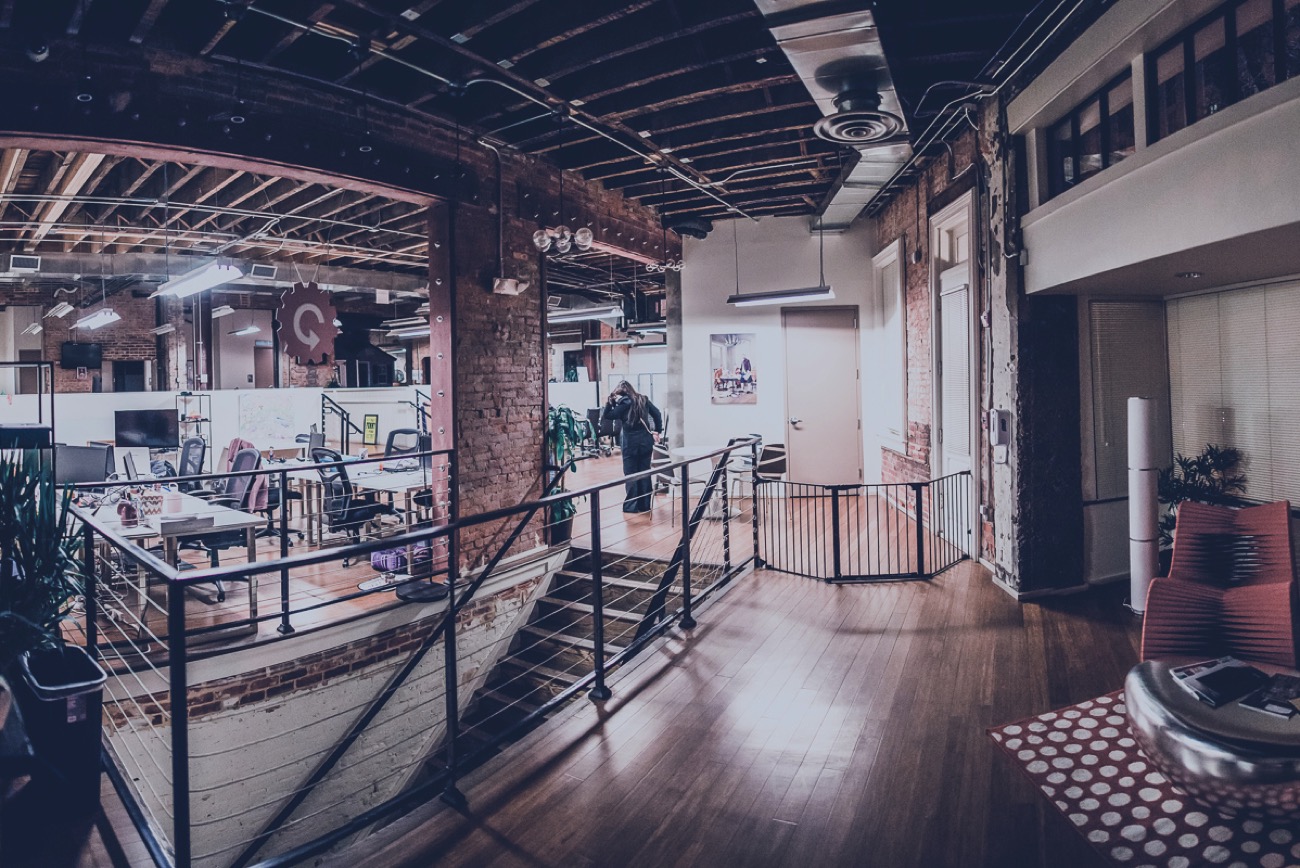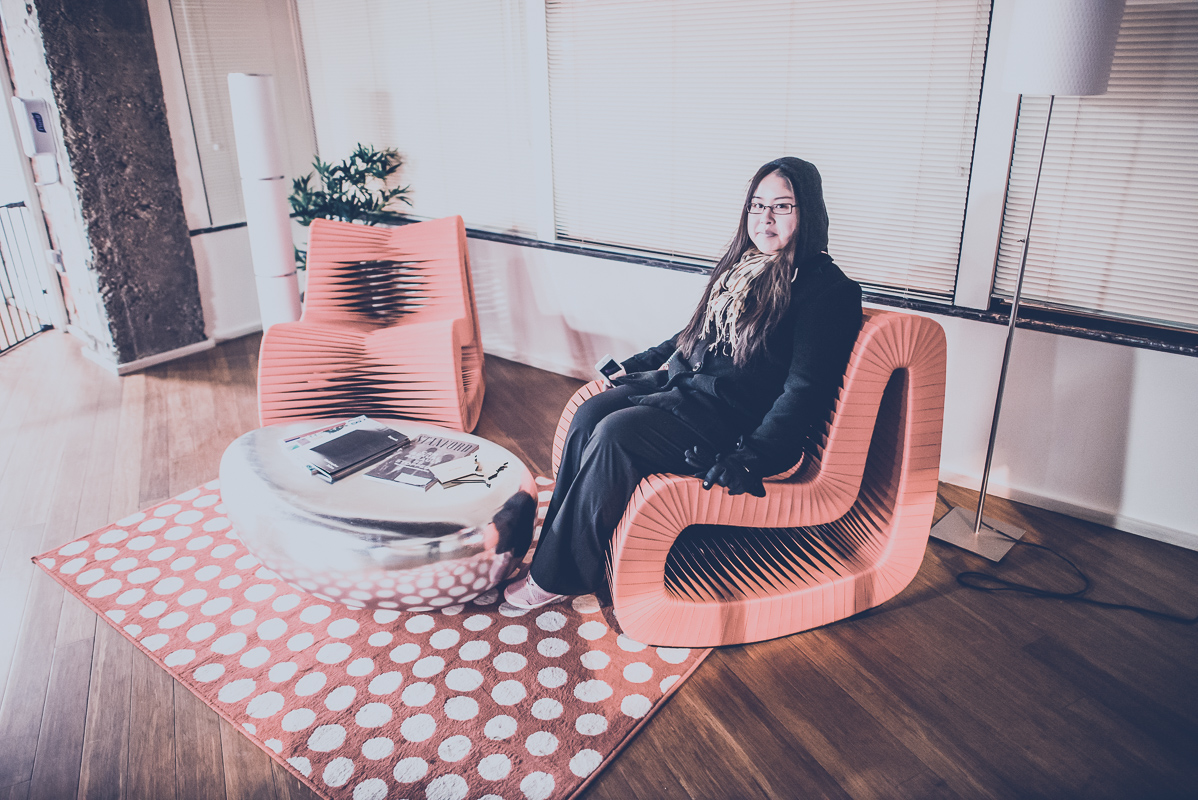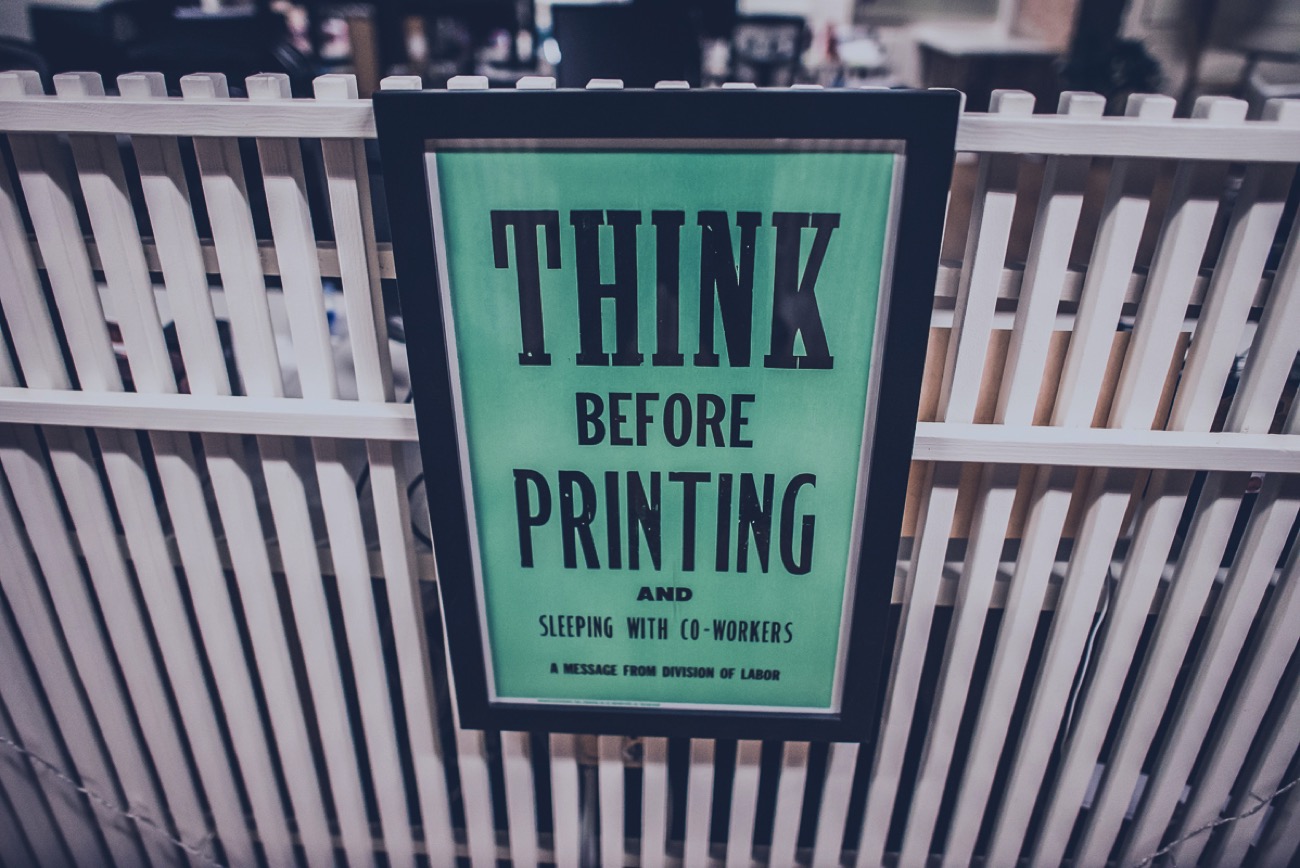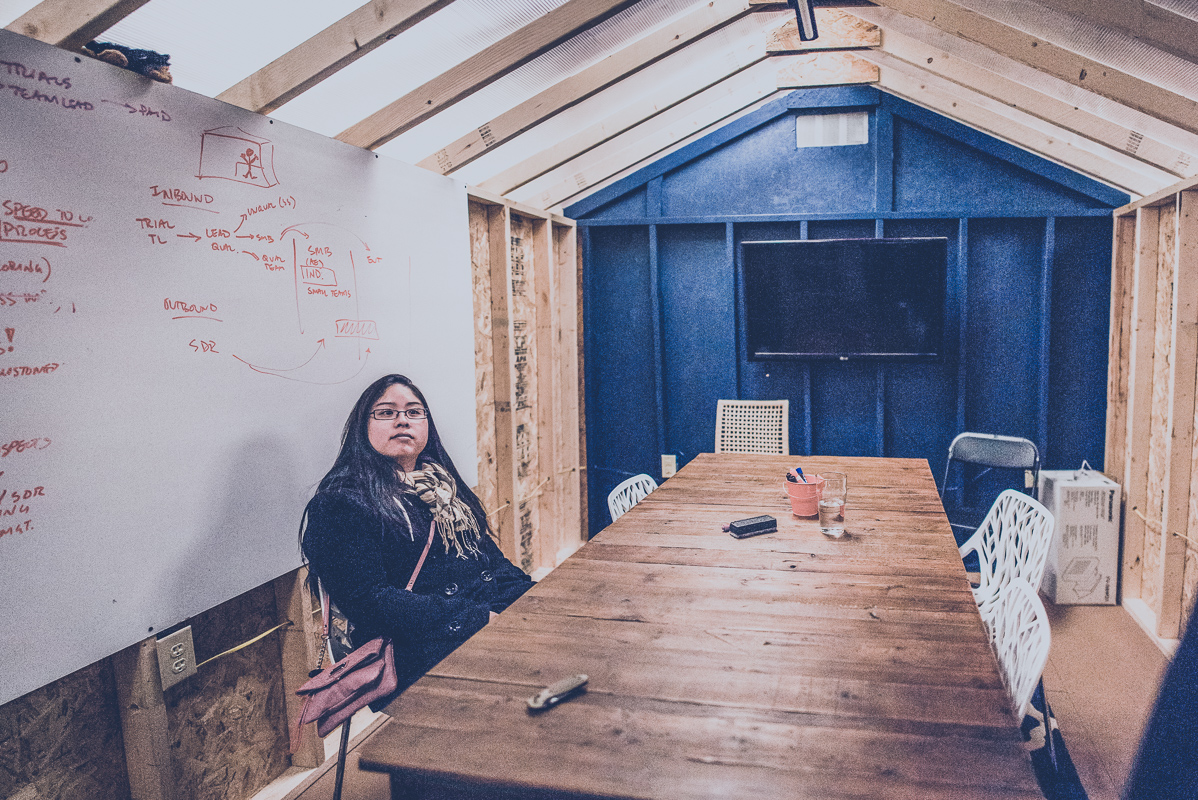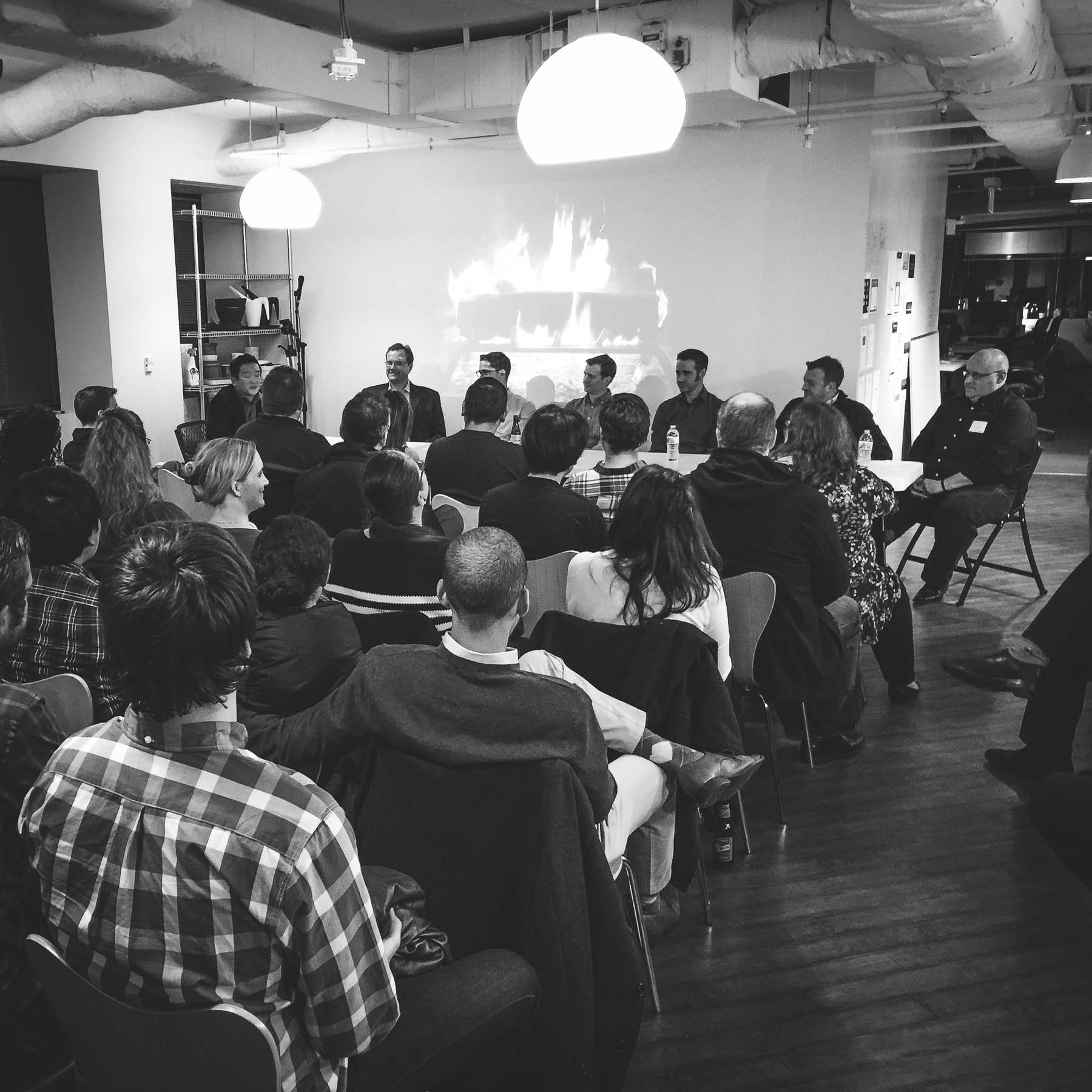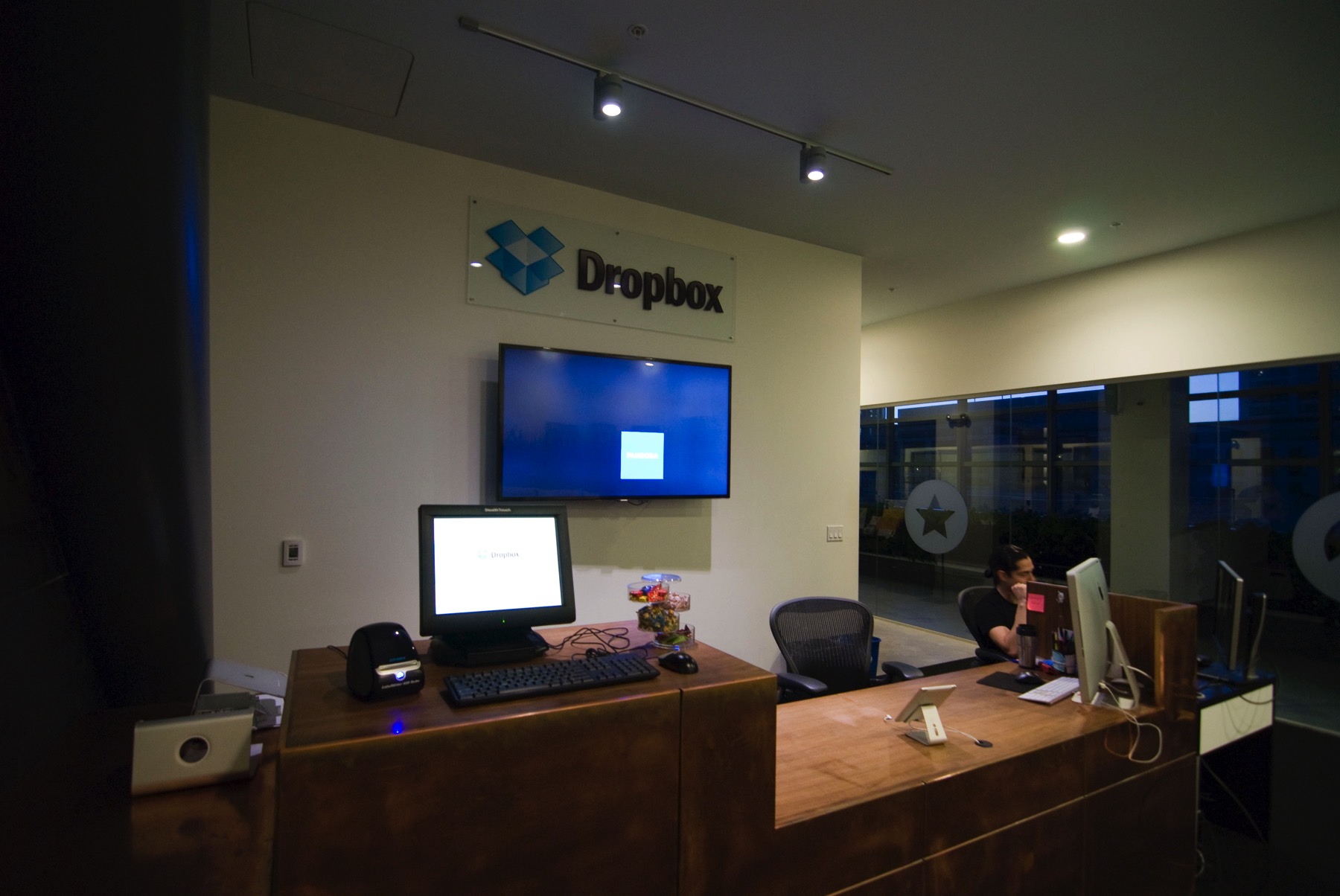Over the years, I’ve been really curious about company culture. It’s always fun reading articles talking about how you shouldn’t F up company culture. But if you read between the lines, there’s actually a financial reason why culture matters in the long run for start-ups. Given enough time, you’re probably going to move on or get fired… and the only influence you’ll have on the company is the culture you’ve left behind.
You know, I actually hear ex-founders talking about how they don’t recognize any of the new faces in their company. It’s fascinating to think about how all those new faces are working every day to build value (and making the company worth more).
The interesting thing about culture is that it’s hard to change for the better after things have gone south. So it seems really important to establish the right direction really early.
It all starts with the founders and the first hire. I’ve been told that the first hire is like mitosis—the first cell division in an organization that carries its DNA. One of my mentors explained to me, “your first hire will echo all of your best and worst attributes.â€
So with that in mind, I’m trying to be more conscious of my attitude and perspective. I constantly ask myself questions like: How do we build values around innovation and a relentless work ethic into our DNA? How do we balance decisions based on data versus gut instinct? How do we handle disagreements and distractions? How do we set an example of excellence? How do we learn from our mistakes and run more efficiently? And ultimately, how do build things we’re genuinely proud of and have fun?
Anyways, big f’n kudos to any of the leaders out there that have built a successful culture. It’s not easy, and it’s certainly not luck. And yeh, when its done right, culture can be a lucrative thing. It’s a bet I’m ready to double down on.
